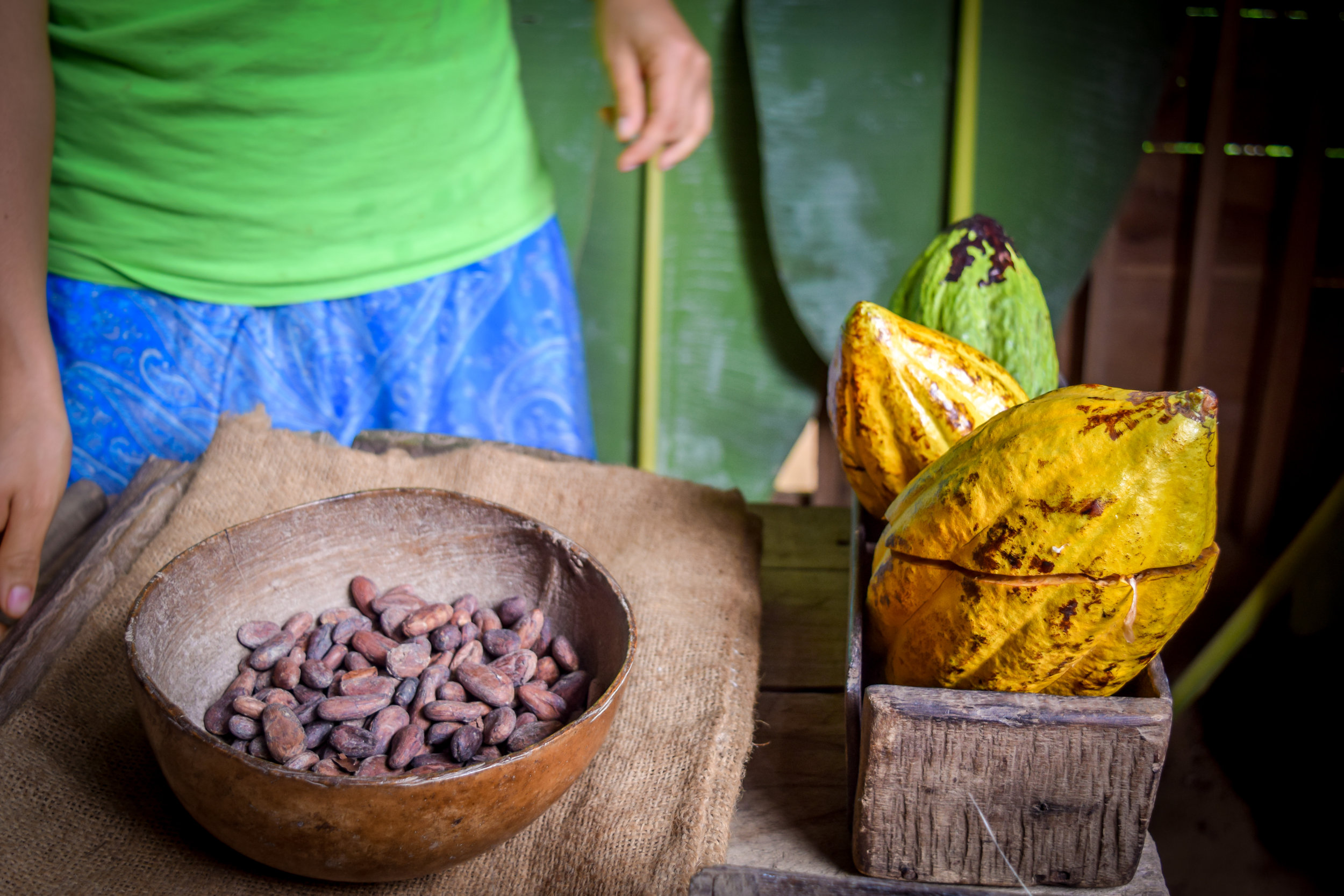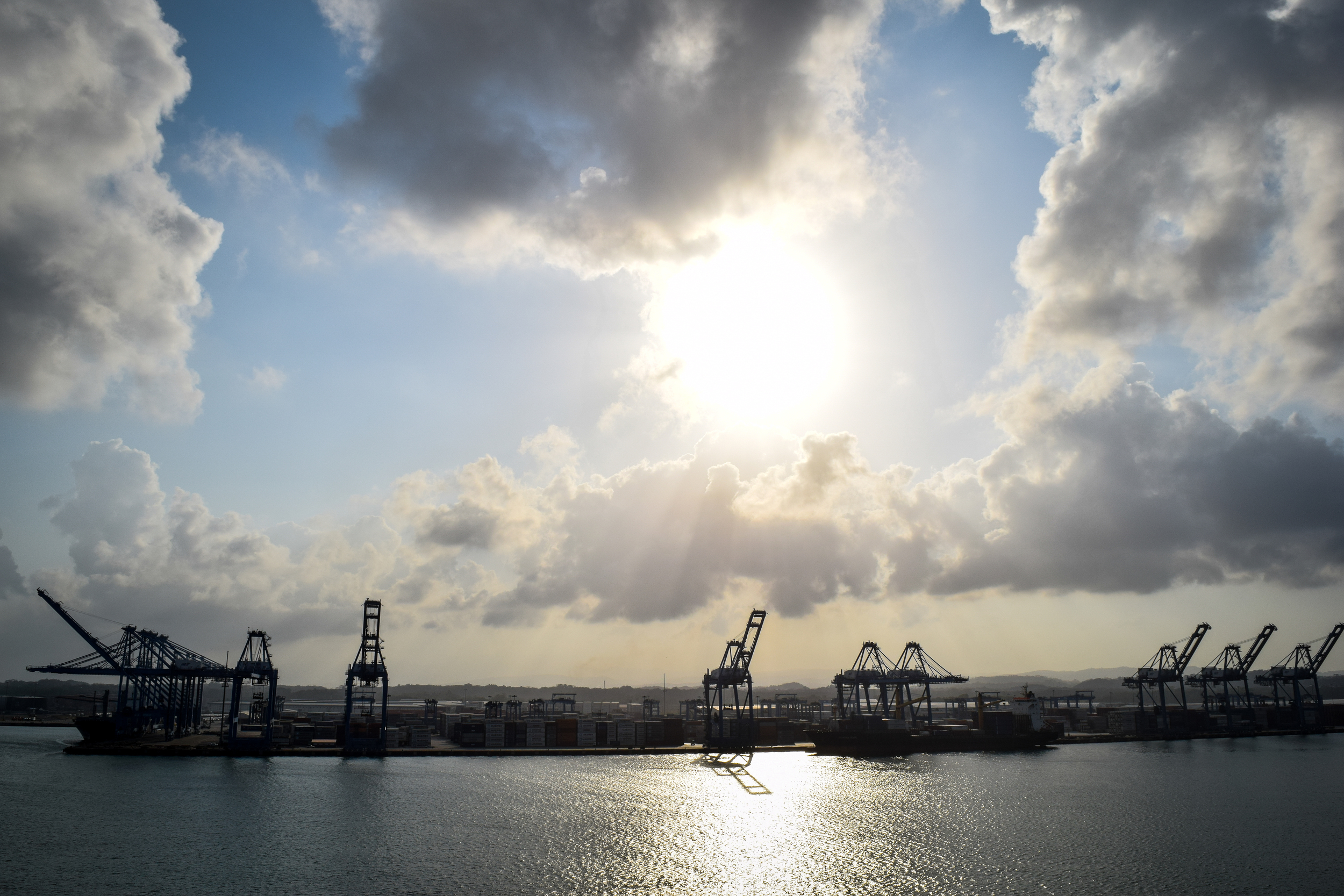A Wine Tour Through Naramata Bench
Having grown up in and traveled extensively throughout British Columbia, I feel like I’ve gotten to know my home province quite well.
But lately, I've found myself re-discovering destinations in B.C. that I initially didn’t have much appreciation for. One such place is the Okanagan Valley, where I spent the majority of my childhood and teenage years.
When I was growing up I viewed the region as a boring, retirement community with few activities for young people. I couldn't wait to move away. Today, a visit to the Okanagan is a welcome respite from the busyness of my big city home, a quiet place with a friendly small-town mentality and breathtaking natural scenery.
The unique climate and landscape attract international visitors to the Okanagan year after year, but it’s the world-class wineries that have really put the place on the map. Despite spending a good portion of my life living in the Okanagan, I never truly visited any of the wineries, so last autumn I figured it was about time for me to explore some of the local Naramata vineyards.
The Okanagan Valley is famously referred to as “Canada’s own Napa Valley” and it’s easy to see why.
As you drive through the 250km long wine region you'll find everything from small, family run wineries to elegant, established vineyards, and everywhere spectacular views of the valley will greet your eyes. Most of the wineries in the region can be found along picturesque Okanagan Lake.
The hot, dry summer climate (reaching almost 40C in the summer!) and ideal soil conditions make the Okanagan a perfect place for growing grapes. The approximately 4000 hectares of vineyards planted in the region account for more than 90% of all wine produced in British Columbia!
We made a few stops at different wineries throughout the afternoon, with my favorites being Lang Vineyards (for the view!) and Moraine Winery (for the fabulous customer service!).
At both we sampled all sorts of wines, from Merlot to Gewürztraminer to Cabernet Sauvignon, Pinot Noir, and Pinot Gris. My absolute favorite tasters were the dessert wines – rich, sweet, heavy, and full of delicious flavor.
Although I very rarely drink wine, I couldn’t help but feel like a character out of Sideways touring through the vineyards, pretending to know the difference between a Syrah and a Malbec.
Wine production in the Okanagan dates back to the 1850s when the planting of grapevines was purely to produce sacramental wines. By the early 20th century, prohibition wiped out many of the regions earliest wineries.
Around the mid 1930s many of the Okanagan vineyards had re-established themselves. At the time the regions wine industry was based entirely on the production of fruit wines and those produced from hybrid grapes, meaning grape varieties that are the product of crossing two species.
Today, over 60 grape varieties are grown here and there are over 120 wineries open in the Okanagan!
Although the Okanagan is mainly known for its wineries, other businesses dedicated to producing top quality spirits have popped up over the years as well.
My last stop for the day was at Maple Leaf Spirits Distillery, a distillery which produces brandies, liqueurs, and spirits inspired by the many fruit varieties grown in the Okanagan.
In their tasting room I sampled the Pear Liqueur, Cherry Liqueur, and their famous Maple Liqueur – all incredibly unique and distinct flavors.
This was the perfect place to end a day of Okanagan wine (and liqueur) tasting!
There are several ways you can tour the wineries in the Okanagan Valley:
Sit back and relax with a guided driving tour, which usually includes lunch at a winery and numerous stops throughout the day. Check out this list of guided wine tour operators for more info.
If you’re more interested in going at your own pace, stop in at the local Visitor Info center in Kelowna, Penticton, Oliver, or Osoyoos and pick up a map of the wineries to plan your own tour.
For the active wino, bring your bike and peddle along the historic Kettle Valley Trail, which will take you right past the Naramata Bench wineries I visited and mentioned above (and many more!).
Some wineries offer complimentary tastings but most charge a small fee of no more than $5. If you decide to purchase a bottle of wine after your tasting, the tasting fee is waived.
Most wineries are open to visitors from April to September. To me, there is no better time to visit the wineries than in spring or autumn. This way you'll miss the great heat wave that envelops the region in July and August, the nights are cool, the air feels clean and light, and the majority of summer tourists either haven't arrived yet or have already left town, depending on what season you choose.


